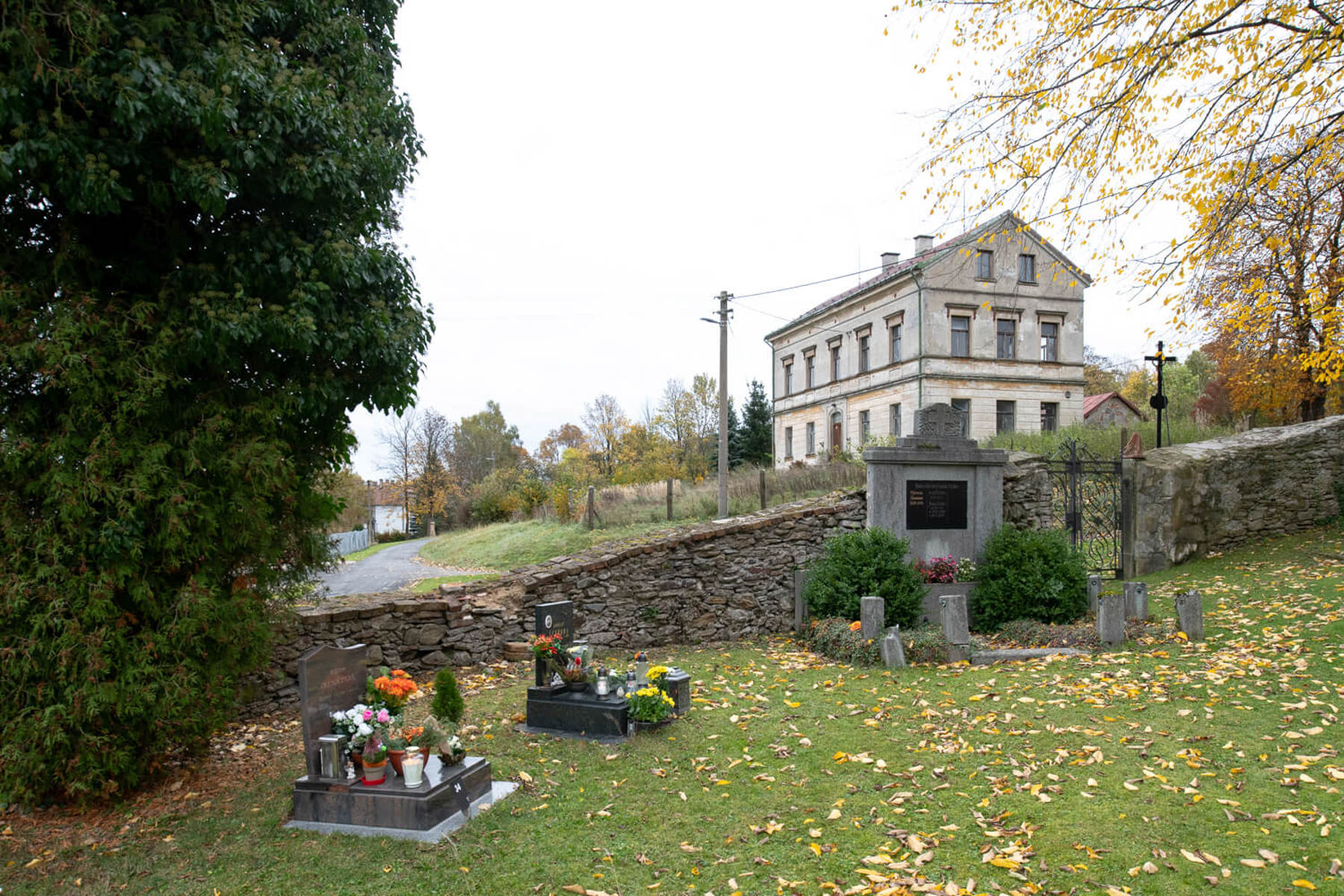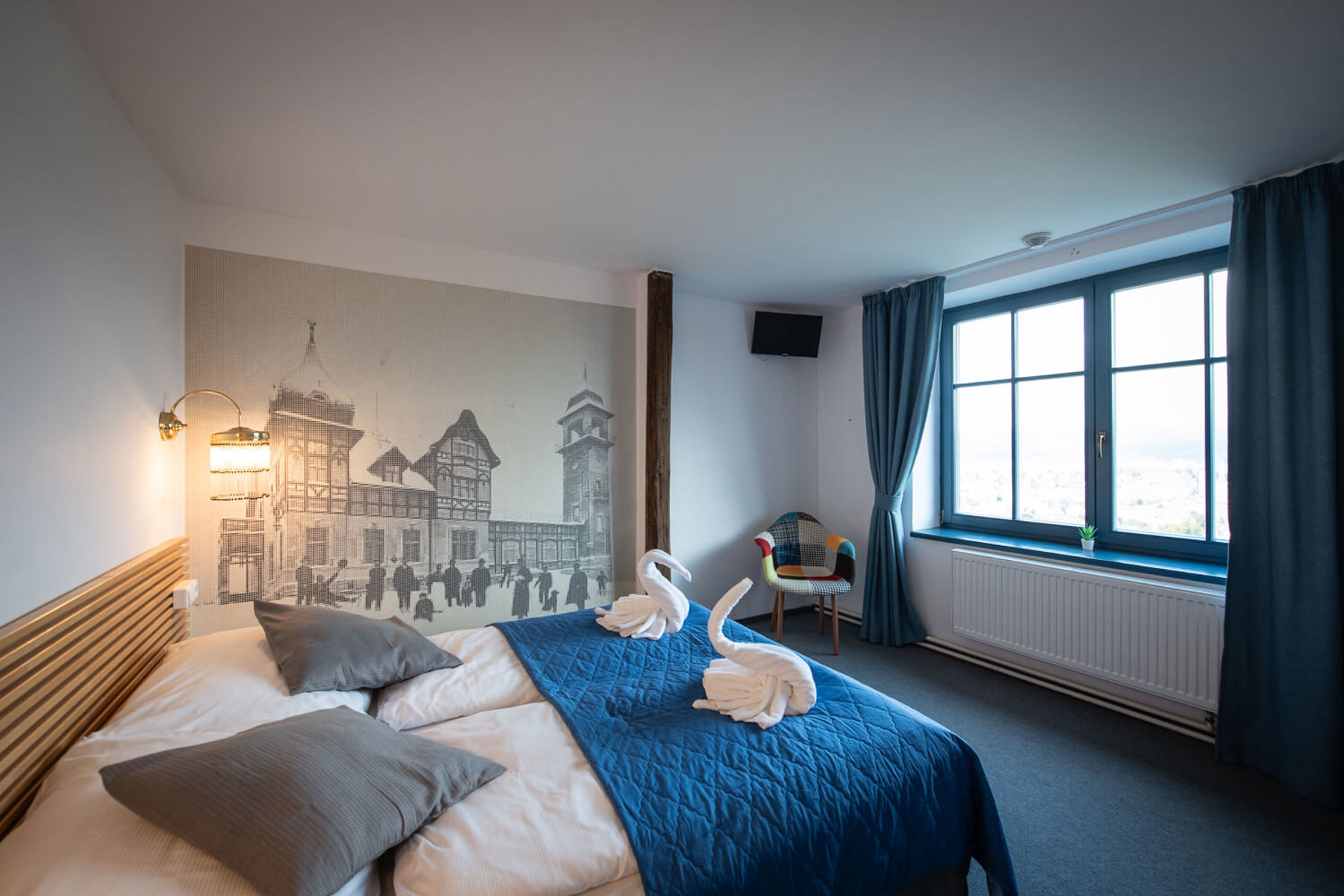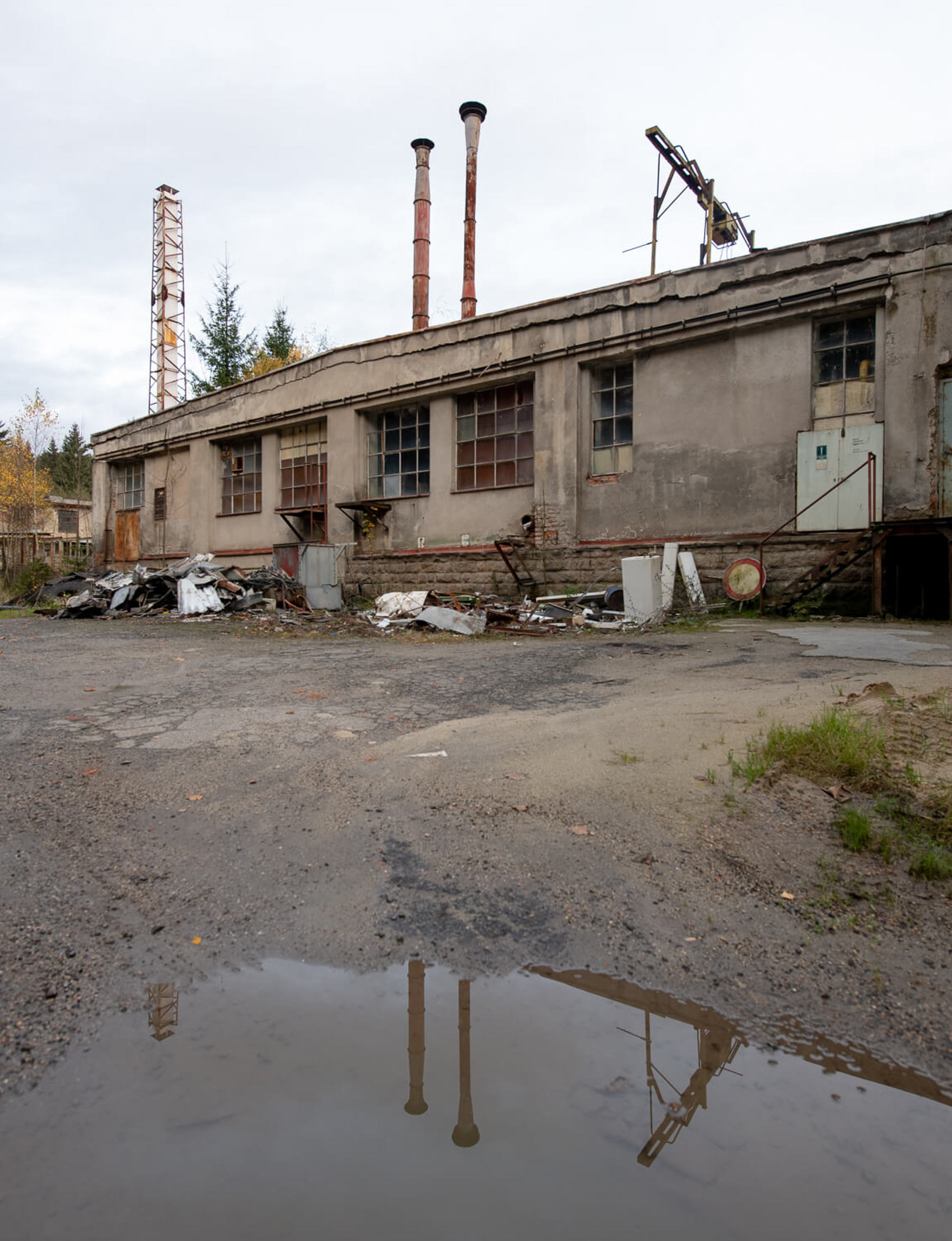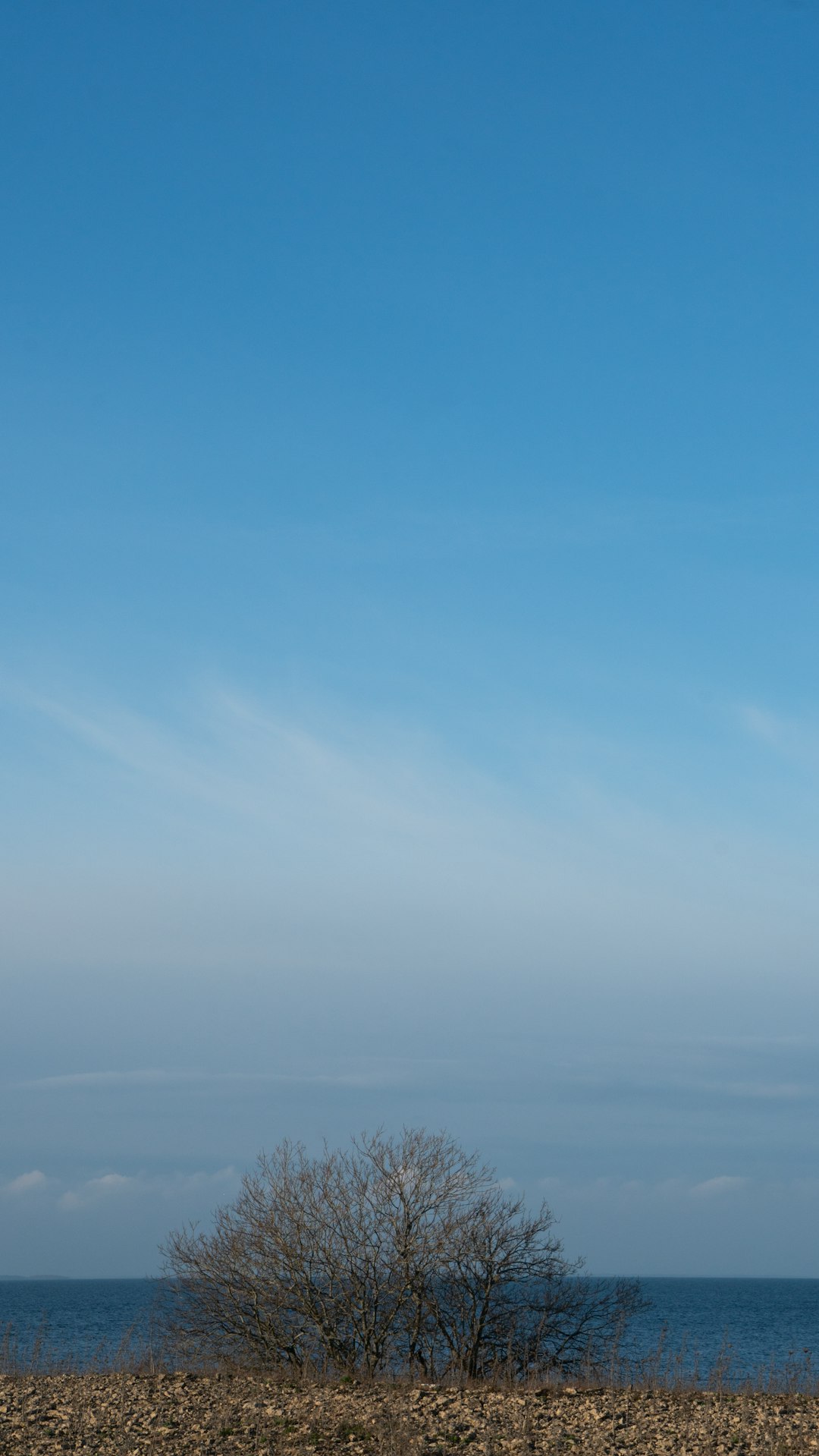6. December 2023

Filmmakers visited unique locations in the Jablonec and Frýdlant regions - from a historical timbered brewery and the stylistically uniform Juta factory complex to a deconsecrated church and an abandoned hospital to something technically unique - a transporter bridge - during the tours on 31 October and 1 November 2023 organized by Liberec Film Office in cooperation with the Czech Film Commission.
“I appreciated the opportunity to visit some special locations, especially the Marie Glassworks, the Sokol Hall in Jablonec nad Nisou, the Beran brewery, the spa in Nové Město pod Smrkem, and the Andělka factory in Chrastava. I’ll definitely use the knowledge from the location tour, as I have in the past, when foreign partners approach me with a request for co-production or cooperation,” said producer Aleš Hudský of Synergia Film. “The event was superb - the experienced Liberec organizer planned a very varied and interesting program."
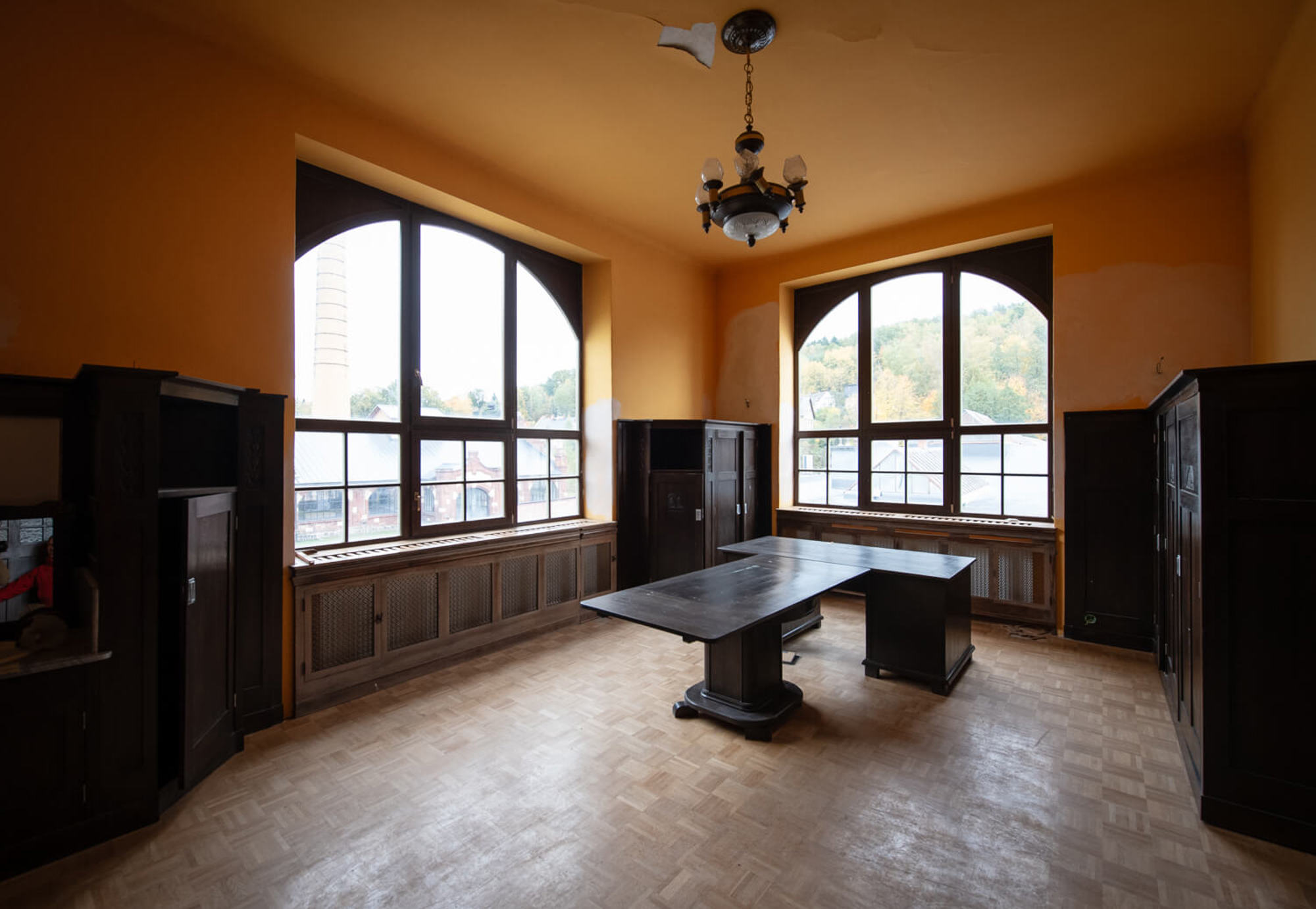
© Czech Film Commission
Andělka Factory in Chrastava
This Art Nouveau textile factory, built from 1904 to 1907, represents one of the region’s most important monuments of industrial architecture and one of the few architecturally unified industrial complexes. It includes an administrative building with offices with partially preserved original furnishings, as well as production halls, a power plant with a boiler house and chimney, a gatehouse, a former water treatment plant, and a greenhouse. Reconstruction is underway in part of the area.
Transporter Bridge
The only gondola bridge in the Czech Republic and the second one in Europe is unique technically. The passengers in the cabin transport themselves across the Lužická Nisa River by pulling a rope. The Transporter Bridge is part of the hiking and cycling trail under the ruins of the Gothic castle Hamrštejn.
Nové Město pod Smrkem City Spa
The Art Nouveau spa dates back to 1910. It has undergone a successful renovation and still serves its original purpose. The unique pool hall is particularly interesting for filming.
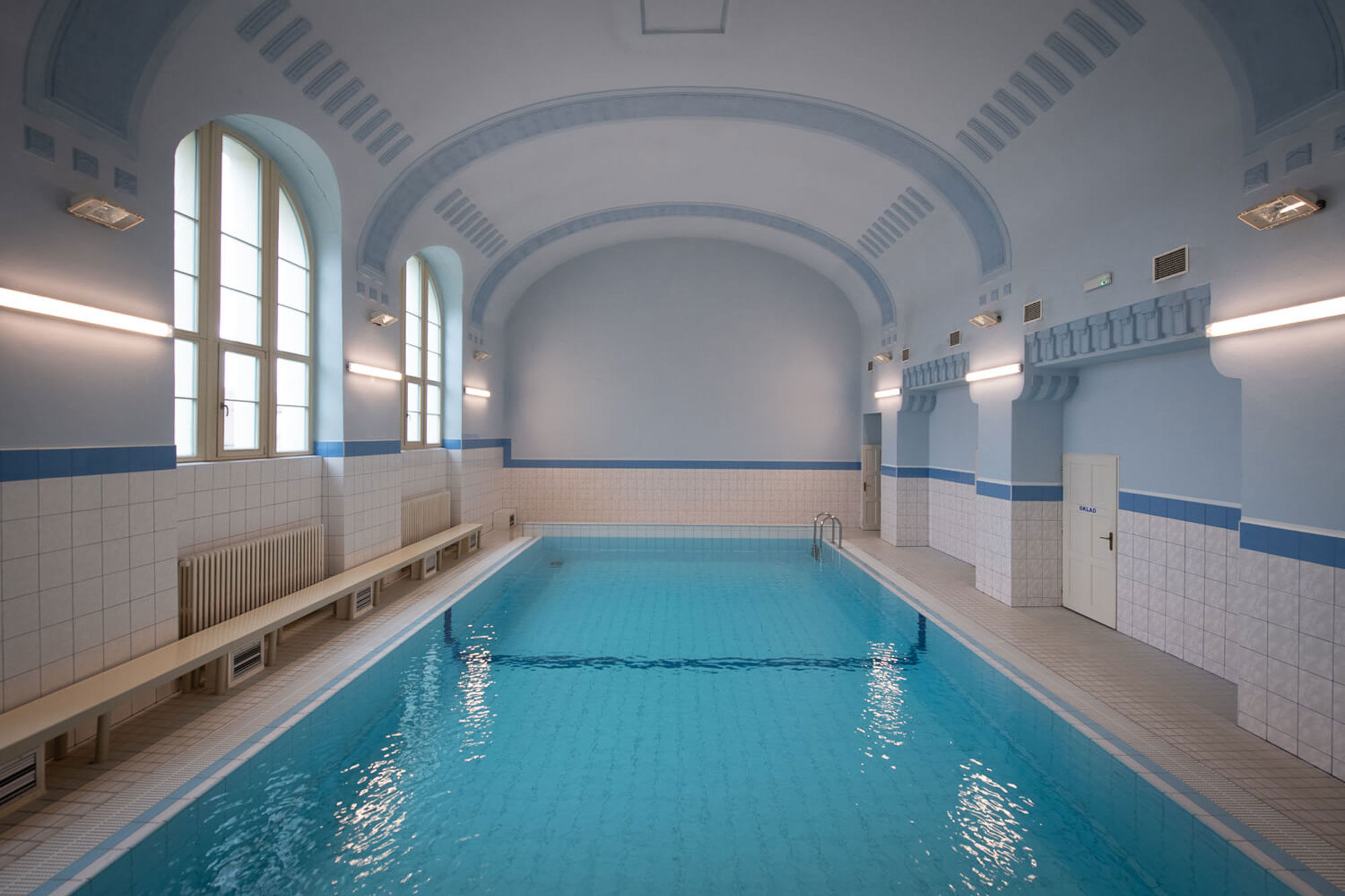
Czech Film Commission
Klinger Mausoleum
The Neo-Classical building, influenced by the work of the Italian Renaissance architect Andrea Palladio, was built from 1899 to 1901. On the ground floor, there is the family tomb; on the first floor, there is a stunning funeral hall with a dome, where the inspiration of the Italian style is evident. The mausoleum, part of the town cemetery, was reconstructed in 1995-2000.
Church of the Immaculate Conception of the Virgin Mary
The deconsecrated church is cared for by the Society for the Restoration of the Church in Horní Řasnice. Behind a painted Gothic arch is the reconstructed original altar; the pulpit and wooden pews are in front of it. Paintings of the Stations of the Cross decorate the wooden balcony. The painted interior is gradually undergoing restoration. It is one of the best-preserved churches from the 13th century in the Frýdlant region.
Juta Manufacturing Complex
The exceptionally preserved production area with uniformly facaded buildings in the village of Višňová dates back to the first half of the 20th century. It offers a variety of spaces, ranging from production and warehouse halls to offices to a cafeteria and kitchen for employees. Juta has been producing technical fabrics from jute fiber since 1946. They currently operate a total of 17 plants in the Czech Republic.
Beran Brewery
The historic timbered inn Pod Lípami (Under the Linden) by Antonín Beran from 1910 is a unique folk architecture monument in Podještědí. On the ground floor, there is a banquet hall and dining rooms; on the first floor, there is a wooden balcony and guest rooms. Since 2015, the building has been gradually reconstructed using period craftsmanship.
Kantor Villa
The cubic four-story house, reminiscent of the Prague Müller Villa, was built in 1933-1934 and designed by architect Heinrich Kulka, an associate of Adolf Loos. The interiors have preserved wood paneling and built-in wardrobes and bookcases. Several insensitive alterations from the second half of the 20th century are visible when the villa was converted into an apartment building.
Sokol Hall in Jablonec nad Nisou
The Neo-Renaissance Sokol hall, built in 1898, was one of the largest gymnasiums in Bohemia and still serves its purpose. Two rows of windows illuminate the large hall with parquet floors. Columns with decorated capitals support the balcony and railing. The Sokol Hall has changing rooms, an equipment room, and an empty attic.
Hotel Petřín
The renovated hotel with a lookout tower and a view of Jablonec nad Nisou and the Jizera Mountains was built during the interwar period. It offers 22 modern rooms, and there is a restaurant and separate lounges on the ground floor for private events.
Former Children’s Hospital
The large two-story building owned by the town of Jablonec nad Nisou has been empty since 1998. In the 1930s, it was a maternity hospital and later a children’s hospital. The dilapidated premises are currently used for rescue corps exercises.
GB Beads
The company producing glass beads is based in a factory whose buildings are gradually being renovated. There is a new gallery, the original electroplating plant, and a sewage treatment plant. Part of the complex is a new wooden building.
Marie Glassworks
Originally a glassworks from 1904, it was transformed into a social space for relaxation and sport. There is a wellness area with two Finnish saunas, a climbing wall for children and adults, a multifunctional hall for social events with a capacity of 400 visitors, a training hall for 40 people, and a multipurpose hall for dancing or exercise with changing rooms and sanitary facilities.
The mission of regional film offices is to attract audiovisual projects to their regions and to be a reliable source of information for Czech producers.
One of the main tools to draw filmmakers’ attention to the region’s film-friendly locations is the location tour, which is organized for Czech film professionals, from producers and location managers to directors, writers, cinematographers, and film architects, by the regional film office in cooperation with the Czech Film Commission.
A representative of the regional film office connects filmmakers with property managers and owners. A location tour is often the first step towards further inspections for a specific audiovisual work in pre-production.
A photographer specializing in architecture, landscape, and location photography is present on the location tour. The resulting photographs are then used for the promotion of the film-friendly locations both by the regional film office and the Czech Film Commission for promotional activities aimed at foreign filmmakers and are actively offered when specific requests from abroad are received.















































